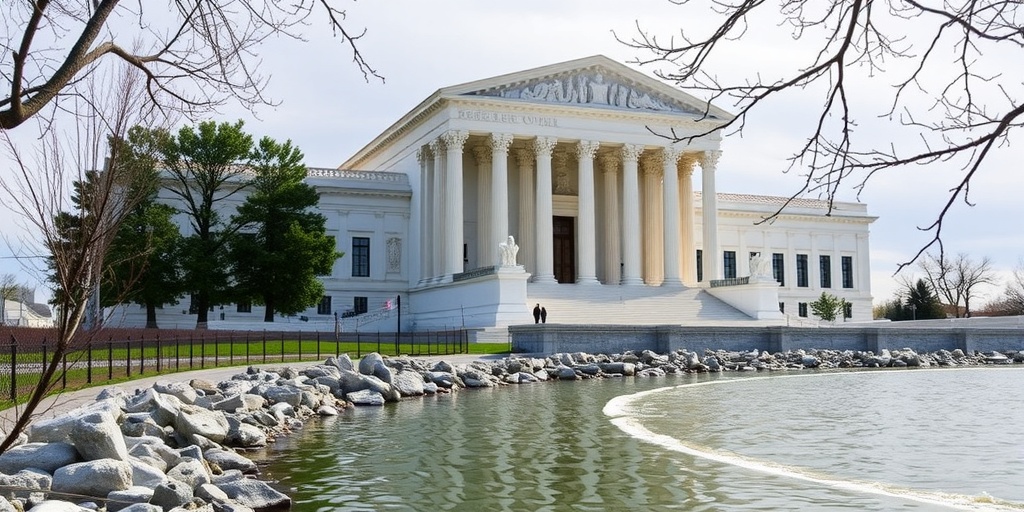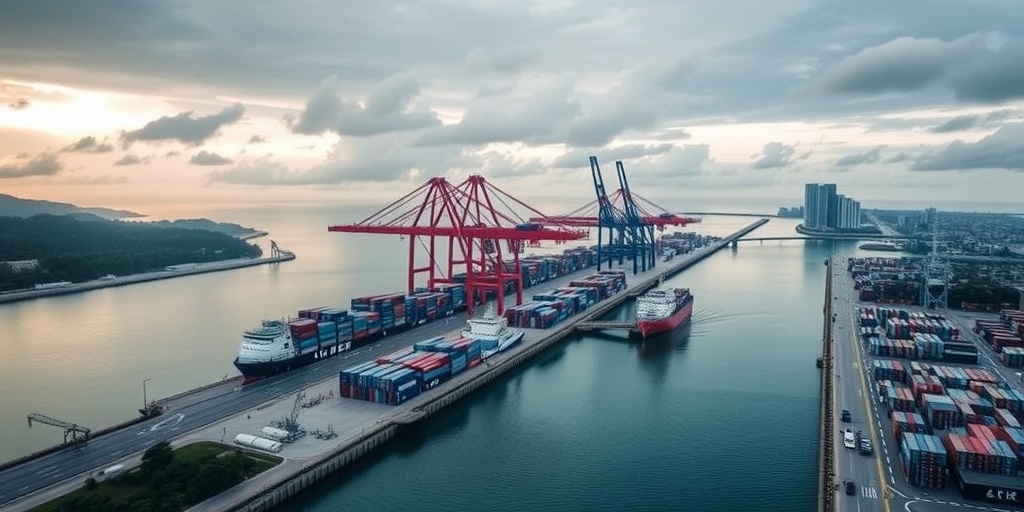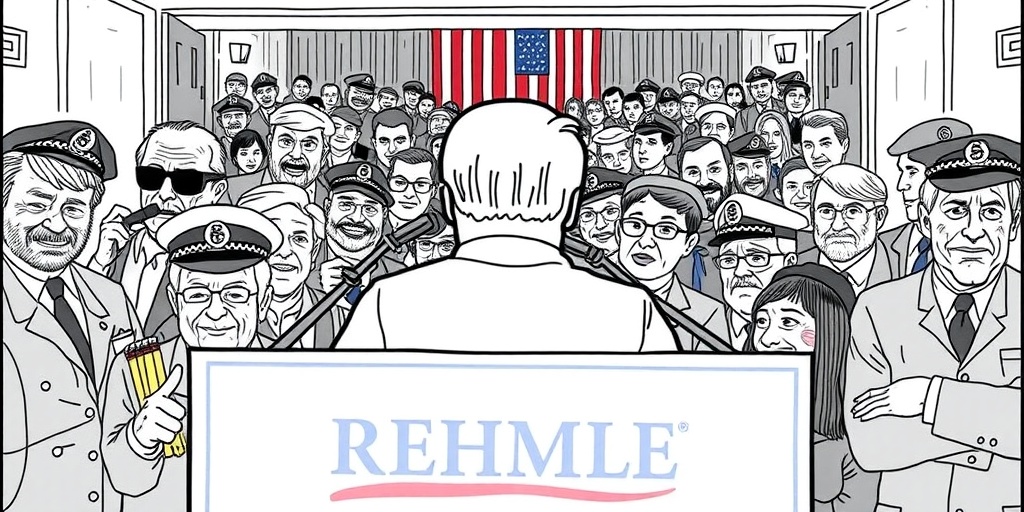Now Reading: Supreme Court Strikes Down EPA’s Federal Water Regulations
-
01
Supreme Court Strikes Down EPA’s Federal Water Regulations
Supreme Court Strikes Down EPA’s Federal Water Regulations

Supreme Court Ruling on Water Quality Regulations Favors San Francisco in E.P.A. Challenge
On Tuesday, the Supreme Court delivered a significant ruling in favor of San Francisco, impacting the Environmental Protection Agency’s (E.P.A.) authority to enforce water quality regulations related to offshore pollution. This 5-to-4 decision marks a crucial moment in the ongoing tug-of-war between local authorities and federal agencies over environmental protections, especially as the E.P.A. has faced a series of setbacks in similar cases.
The case revolving around this decision showcased an unusual coalition of interests, uniting liberal officials from San Francisco with industry groups typically at odds with environmental regulations. Entities such as the National Mining Association, the American Farm Bureau Federation, and the American Fuel and Petrochemical Manufacturers rallied alongside San Francisco in opposing the E.P.A., highlighting a curious dichotomy in the modern environmental debate.
At the heart of this dispute was the management of human waste and how the city of San Francisco processes it. The Supreme Court was tasked with determining whether the Clean Water Act of 1972 empowered the E.P.A. to enforce prohibitions on the discharge of wastewater into the Pacific Ocean, and whether the city could be penalized for non-compliance with these potential mandates.
Delivering the majority opinion, Justice Samuel A. Alito Jr. articulated that while the E.P.A. has the right to place specific restrictions to prevent pollution, it cannot hold polluters accountable for more general water quality standards if they adhere strictly to their permits. He pointed out the precarious situation faced by permit holders who, despite following every detailed requirement, might confront severe penalties even if the overall water quality falls below acceptable levels due to other factors.
The ruling drew the support of Chief Justice John G. Roberts Jr., along with Justices Clarence Thomas, Brett M. Kavanaugh, and Neil M. Gorsuch, who endorsed most of Alito’s argument. However, the dissenting opinion came from Justice Amy Coney Barrett and the court’s more liberal justices—Sonia Sotomayor, Elena Kagan, and Ketanji Brown Jackson.
Justice Barrett’s dissent emphasized that the E.P.A. should possess the authority to enhance specific discharge requirements with broader regulations that account for fluctuating water quality standards. She cited examples from the case, where discharges from components of San Francisco’s sewer system were reportedly linked to severe breaches of water quality standards, including unsightly conditions like discoloration and the presence of floating debris, such as toilet paper in Mission Creek.
In her opinion, Barrett argued that the E.P.A.’s capacity to impose general standards is critical, particularly as it allows for responsive measures to changing water conditions, emphasizing that a regulatory framework is not only necessary but vital for maintaining water quality in the face of real-world challenges.
Furthermore, Barrett expressed confidence in the existing legal framework that allows polluters to pose specific challenges to regulations perceived as unreasonable or burdensome. However, she contended that the case did not warrant a legislative overhaul in how the E.P.A. operates under the Clean Water Act.
Before the oral arguments presented in October, San Francisco officials sought to clarify their position, underscoring that they were not disputing the federal government’s right to regulate environmental standards. Instead, they argued for explicit guidance regarding the city’s wastewater permit to ensure compliance with the Clean Water Act, signaling a desire for clarity rather than confrontation with federal authority.
Counsel for San Francisco pointed out that city officials had experienced confusion about adhering to the Clean Water Act and felt vulnerable to potentially devastating civil and criminal penalties, even when the city complied with its comprehensive permit requirements. This vulnerability highlighted the complexities faced by local governments in interpreting and navigating federal regulations, particularly in an era of enhanced scrutiny over environmental practices.
This ruling has raised critical questions about the balance of power between federal regulatory authorities and state and local governments, particularly regarding environmental management. The implications of this decision extend beyond San Francisco, potentially influencing how similar cases are handled in other jurisdictions, and could reshape the landscape of environmental law in the United States as agencies and municipalities navigate their responsibilities in maintaining water quality.
As environmental challenges continue to evolve, the need for clear and enforceable regulations becomes increasingly urgent, sparking dialogue on the role of the E.P.A. and its capacity to effectively manage pollution and protect natural resources. The ruling thus encapsulates not only the legal battle at hand but also the broader conversation about environmental stewardship in the face of complex legal and administrative frameworks.
Stay Informed With the Latest & Most Important News
Previous Post
Next Post
-
 01New technology breakthrough has everyone talking right now
01New technology breakthrough has everyone talking right now -
 02Unbelievable life hack everyone needs to try today
02Unbelievable life hack everyone needs to try today -
 03Fascinating discovery found buried deep beneath the ocean
03Fascinating discovery found buried deep beneath the ocean -
 04Man invents genius device that solves everyday problems
04Man invents genius device that solves everyday problems -
 05Shocking discovery that changes what we know forever
05Shocking discovery that changes what we know forever -
 06Internet goes wild over celebrity’s unexpected fashion choice
06Internet goes wild over celebrity’s unexpected fashion choice -
 07Rare animal sighting stuns scientists and wildlife lovers
07Rare animal sighting stuns scientists and wildlife lovers





















